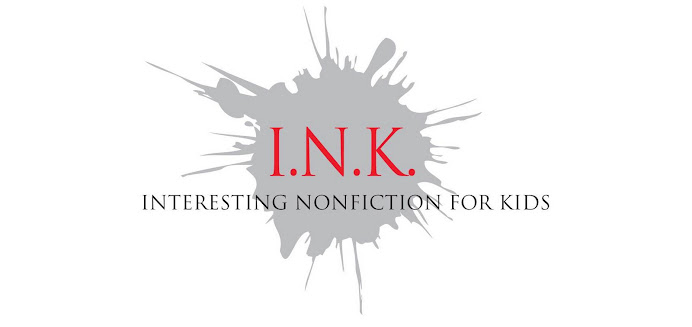Our toaster died a couple of weeks ago. The event did not make it into the New York Times, but it was still newsworthy in our house. Being toastless for two days is no laughing matter around here and besides that toaster was only 14 months old (and, of course, just out of warranty).
RANT #1: Why can't anyone make a toaster (or other small appliance) that lasts longer than a large box of preservative loaded cereal? I was once in an antique shop that had a shelf of old toasters,
all of which worked. One was from the 1920s called the E-Z Turn Toaster (weighing in at 5 lbs., it was nickel plated and flipped the bread to toast the other side whenever the door was opened). There were also a bunch of Sunbeam toasters from the 30s and one by McGraw Electric from 1934 simply named the Toastmaster. I mean, it can't be all that difficult to engineer more life into modern kitchen appliances.
Okay, so Alison went out and bought us a new toaster. It was the Cuisinart Metal Classic 2-Slice Toaster # CPT-160. I kid you not. Oh, and it came with a 7 page instruction booklet!
RANT #2: Did whoever gave this such a long, clumsy sounding name really think it would impress potential buyers? Now, I have nothing against using the company name Cuisinart. Or the word Toaster. But why stick in "Metal." I mean, do they have a plastic line of toasters I don't know about. And "Classic." One dictionary definition of a classic is: "Having lasting significance or recognized worth," but we all know this thing we have is built to burn out before my next birthday. And I love adding "2-Slice." The picture on the box and on the instruction booklet show very clearly that the toaster has...oh, let me count to be sure...yes, TWO SLOTS FOR TWO SLICES OF TOAST! And the toaster inside confirms this. I was worried there for a second.
RANT #3: A 7 page instruction booklet! Oh, come on! Is this even remotely necessary? Here are some of the gems of wisdom provided: "Unwind power cord...Plug power cord into the wall outlet" "Insert slice(s) of bread" "To Begin Toasting. Press the carriage bar lever until it locks into the down position" "Always allow the toaster to cool completely before cleaning." And guess what's on p.7. It's an entire page for your NOTES. Yes, 21 lines so you can jot down some of the important tips on toaster operation that you might forget overnight.
This booklet is an example of everyday nonfiction and it is exactly the sort of lifeless, deadly, and heavy prose that turns off both adults and kids. Hopefully, the changes in the Common Core State Standards will make kids in the future more demanding and maybe they can get companies to change the way they address customers. Better yet, maybe some classes could rewrite booklets like this as an assignment on how to write for humans.
I'm not holding my breath on that last idea, so here's my suggestion to Cuisinart when they decide to revise the instruction booklet. No. 1: name this the Cuisinart Toaster. If you must, stick the CPT-160 on, too, since it sounds official. No. 2: the cover can have that nice photo of the toaster on it, and you could even label the parts we see, such as the "cancel" button, etc. There must be someone who sees the word cancel and doesn't understand what the button is for, right? This would eliminate repeating all of this on p. 3, plus it would do away with such numbing text as "Extra-Lift Carriage Control Lever: Brings the toast close to the top of the toaster, making it easy to remove the smallest items." Items? I get "items of jewelry" and "items of interest," but "items of bread, bagels, and English Muffins" doesn't compute. No.3: my recommendation for the interior copy. Direct and to the point is best. The instructions should be 1 page only. When the happy buyer turns over the page with the handsome toaster potrait on it, he or she should be greeted with "If you really need an instruction manual to operate this or any toaster, please proceed immediately to your local police station and surrender your driver's license." It's okay if Cuisinart wants to stick the warranty information under this, but, please, please, please, cut it back from its current 26 lines.
I feel much better now. I have a very Lewis Black-like glow about me.
Feel free to comment with a rant of your own, be it about nonfiction for kids, about something that annoyed you recently, or even about someone taking up valuable INK blog space for a toaster rant. I promise to do better in the future. P.S. Humor is an important part of any book for kids.











